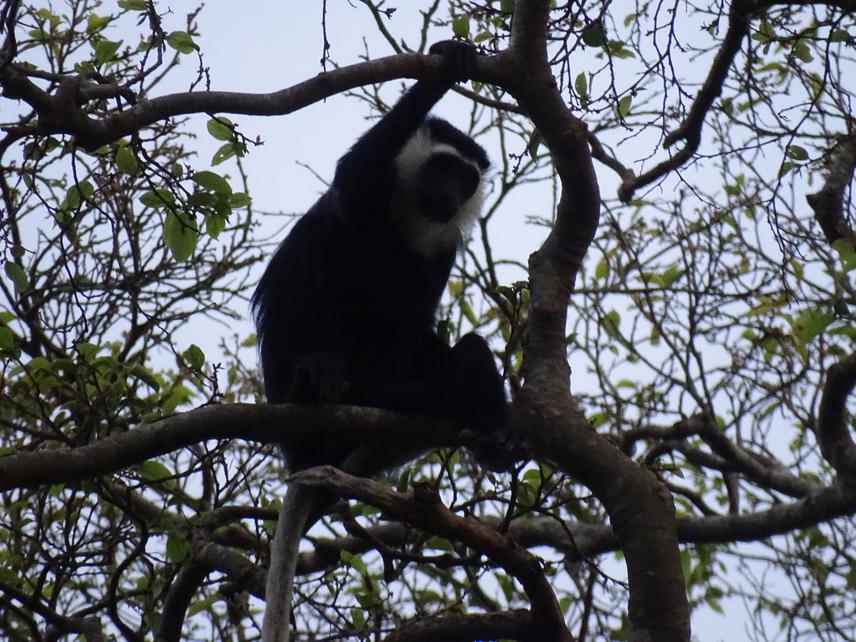Sadam Mama
Other projects
17 May 2024
Biomonitoring and Conservation of White-thighed Colobus (Colobus Vellerosus) in the Kikélé Sacred Forest
Colobus vellerosus is an essential link in the biodiversity chain because of its role in maintaining forest ecosystems. It contributes greatly to seed dispersal and tree regeneration by zoochory (Lambert, 2001; Koné et al., 2008). Its meat is used in the diet of some populations as an animal protein (Matsuda et al., 2020). It is a monkey that behaves like oracles predicting the misfortunes of the villages bordering its habitat and thus allowing the wise men to take possible precautions (Djego-Djossou et al., 2012). Belonging to the family Cercopithecidae and the subfamily Colobineae, C. vellerosus is an African monkey that appeared 9 million years ago (Karen, 1999). At present, the species is only present in Benin, Côte d'Ivoire, Ghana, Togo and Nigeria). In Benin, the range of C. vellerosus has decreased from 56,000 km² in 1953 to 9,000 km² in 2009 (Djego- Djossou and Sinsin, 2009).

This loss of habitat is induced by anthropogenic activities including agriculture, transhumance, lumbering and climate change (Koutchoro, 2021). Extensive destruction and habitat degradation combined with intensive hunting throughout its geographic range have resulted in an inferred decline of more than 80% in C. vellerosus population over the past 27 years (Matsuda et al., 2020). Taking into account all abovementioned consideration, the species could disappear in the near future if urgent conservation measures are not taken. It is therefore imperative to implement strategies for the restoration of its habitat and develop a sensitisation program to save it from extinction.
The objectives of this project are:
(1) Determine the factors of degradation of the habitats of C. vellerosus in the gazetted forest of Wari-Maro,
(2) Assess the degree of regression of the habitats of C. vellerosus in the gazetted forest of Wari-Maro,
(3) Identify and restore the most degraded C. vellerosus habitats and
(4) Raise awareness of the dangers of degrading C. vellerosus habitats in order to initiate a community conservation base to save it from extinction.